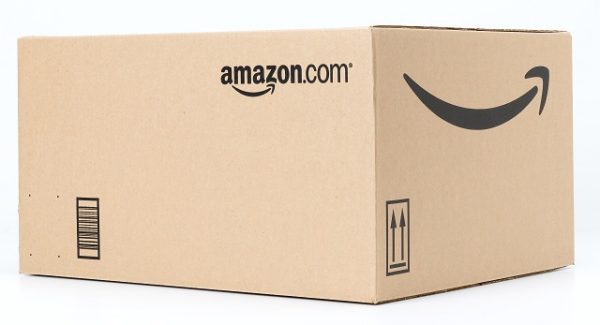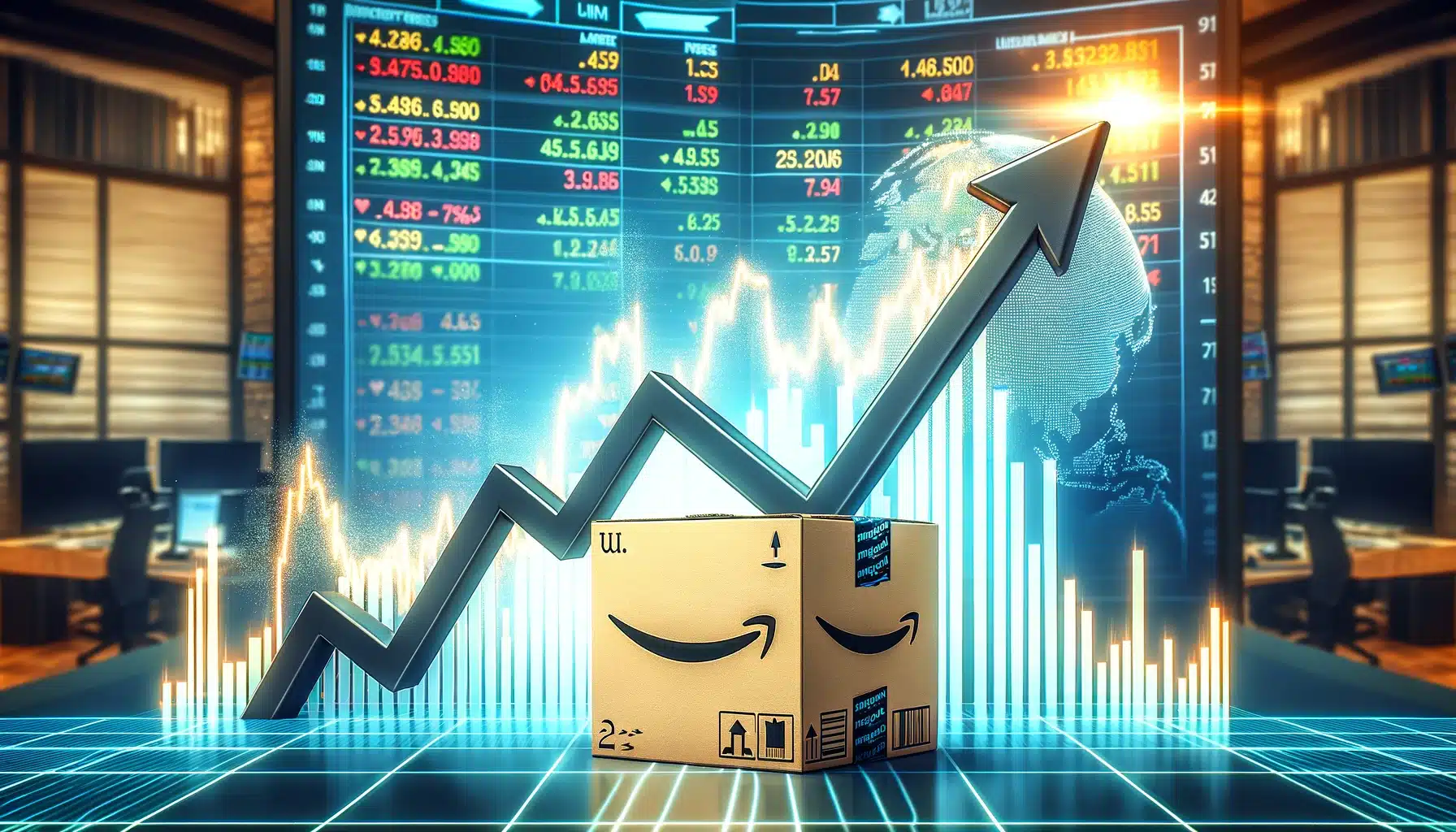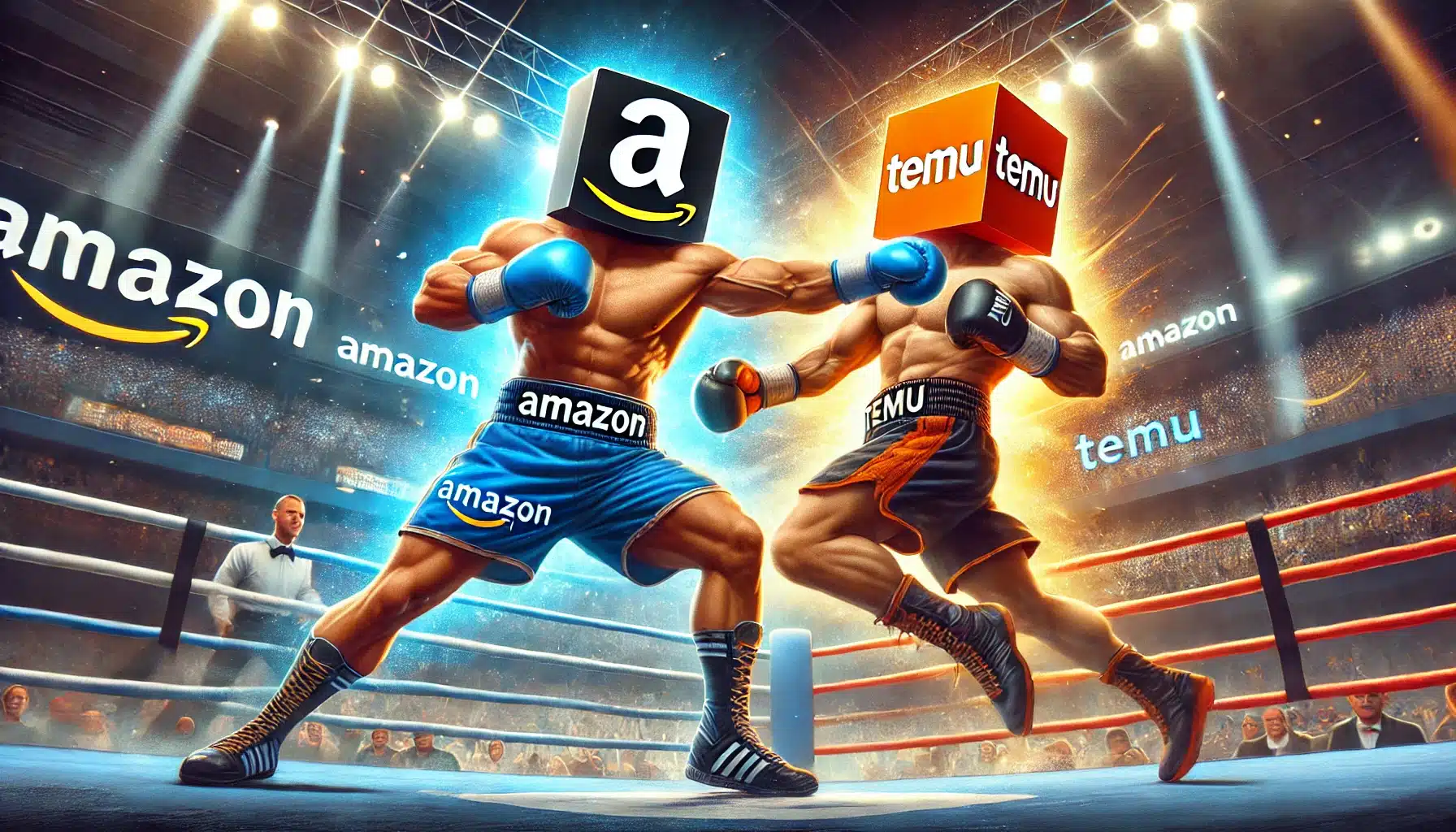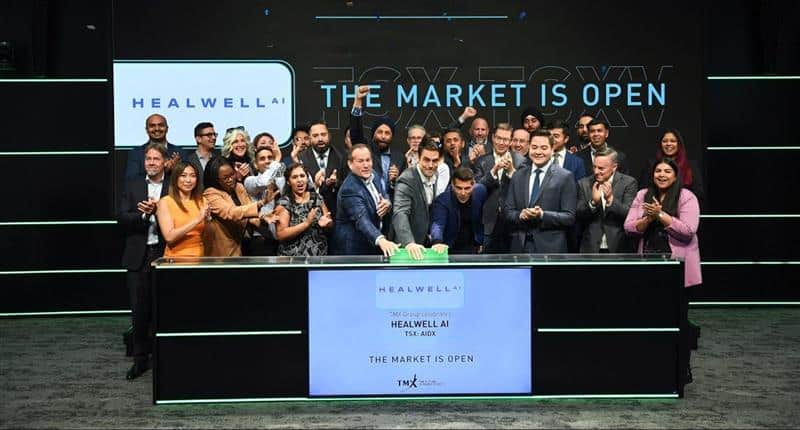
If you’ve got the ability, buy Amazon (Amazon Stock Quote, Charts, News, Analysts, Financials NASDAQ:AMZN). That’s the skinny from portfolio manager Kim Bolton, who thinks investors need to answer the door when opportunity knocks.
The drop-off has been severe in recent weeks for stocks in general but it’s been particularly nasty for Amazon. Where the e-commerce giant looked to be gaining momentum over the back end of 2021, the market rotation away from tech and growth names starting in mid-November took its toll on AMZN, which lost about 20 per cent of its value between mid-November and mid-April, going from just under $3,700 per share to just above the $3,000 mark.
That pullback turned out to be only an appetizer compared to the main course over the past month where the stock lost a further 30 per cent and has ended up in the $2,100-$2,200 range over the past couple of weeks.
The problem? A general distaste for Big Tech amid economic uncertainty, rising inflation and rising interest rates, capped off with Amazon’s own poorly received first quarter earnings delivered in late April. There the company saw operating cash flow fall by 41 per cent to $39.3 billion for the trailing 12 months, with net sales up a modest seven per cent and a major net loss of $3.8 billion which management said was primarily due to losses in its stock investment in EV carmaker Rivian Automotive. In fact, that seven per cent year-over-year revenue growth was noted to be the lowest for Amazon over the past two decades, with management guidance signalling another low-growth quarter in the company’s current Q2.
“The pandemic and subsequent war in Ukraine have brought unusual growth and challenges,” said Andy Jassy, Amazon’s CEO, in a press release. “Today, as we’re no longer chasing physical or staffing capacity, our teams are squarely focused on improving productivity and cost efficiencies throughout our fulfillment network. We know how to do this and have done it before. This may take some time, particularly as we work through ongoing inflationary and supply chain pressures, but we see encouraging progress on a number of customer experience dimensions, including delivery speed performance as we’re now approaching levels not seen since the months immediately preceding the pandemic in early 2020.”
Amazon’s Q1 revenue of $116.44 billion was slightly above the consensus call of $116.3 billion, while earnings of $7.38 per share were under the Street’s expected $8.36 per share.
By business segment, sales from Amazon’s online stores came in at $52.901 billion, which was down three per cent from a year earlier. Admittedly, that was a tough comparison, as Q1 2021 was smack dab in the middle of pandemic-related lockdowns and stay-at-home living which naturally drove e-commerce business through the roof.
But the bright spot for the company continues to be its cloud computing business in AWS, which registered a 37 per cent year-over-year increase in sales in the Q1 to $18.441 billion.
Jassy was keen to point this out in his comments, saying, “AWS has been integral in helping companies weather the pandemic and move more of their workloads into the cloud.”
The market’s focus may remain on Amazon’s consumer products sales for a while, however, as was the case for retail giants Walmart and Target, whose stock prices dove this week on a bleak earnings reports.
But for Bolton, president of Black Swan Dexteritas, it’s AWS that deserves investors’ attention since it will continue to be the money-maker for Amazon, even as its retail business faces pressures in a shaky economy, since the digital transformation for companies globally will move ahead regardless.
“Amazon without a doubt is the king when it comes to e-commerce but it also has a great funding capability and in its cloud service AWS which the new CEO, Mr. Jassy actually ran,” said Bolton, speaking on BNN Bloomberg on Wednesday. “You can certainly see it when the likes of some of these consumer stocks like Target and Lowe’s and Walmart all talk about a slowdown in the consumer [space] and how it actually reflects over into Amazon.”
“But remember that for Amazon the majority … of profits actually come from AWS. So, it gets taken to the woodshed when there’s an expression about the consumer slowing down,” he said. “However, the AWS is involved in a very secular trend where enterprise companies are migrating from taking their servers out of their premises and putting it into data centres and giving it to AWS. And they’re doing that because it’s cheaper and it’s more efficient in actually having all the tools available.”
Bolton sees AMZN as a clear buy at current levels.
“We have a 12-month price target of $3,800 for Amazon and it’s sitting at $2,100 right now, so I think it’s a great bargain down here,” Bolton said.





 Share
Share Tweet
Tweet Share
Share




Comment